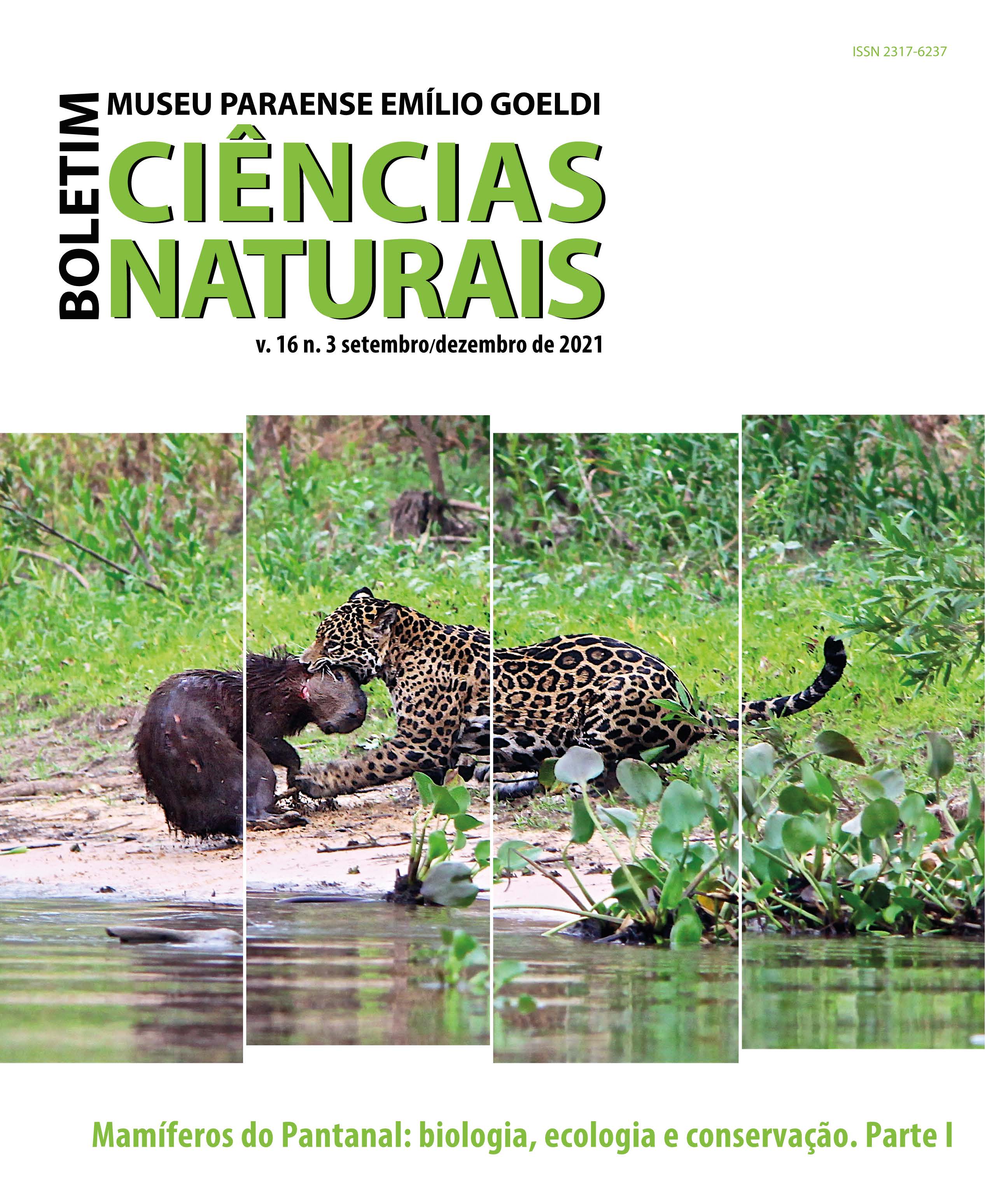Rodents of Upper Paraguay Basin: a review of the knowledge from the plateau to the Pantanal plain
DOI:
https://doi.org/10.46357/bcnaturais.v16i3.811Keywords:
Ecology, Morphology, Natural history, Pantanal Wetland, RodentiaAbstract
The order Rodentia represents about 39% of the world’s mammal diversity. Seventy-six genera and 263 species are currently recognized in Brazil. The occurrence of 42 species was recorded in the Upper Paraguay Basin (BAP), distributed in eight families: Sciuridae (2 genera, 2 species), Cricetidae (15, 27), Caviidae (3, 3), Ctenomyidae (1, 1), Cuniculidae (1, 1), Dasyproctidae (1, 1), Erethizontidae (1, 1), and Echimyidae (5, 6). Among the species recorded in the BAP, two were recently described - Akodon kadiweu and Oecomys matogrossensis -, one revalidated at the species level, Coendou boliviensis, and three are hunting targets, Cuniculus paca, Dasyprocta azarae, and Hydrochoerus hydrochaeris. The purpose of this article was to survey all rodent species recorded in the BAP to date, bringing, according to data availability, a summarized morphological description of each of the 42 species, a comparison with congeneric or similar species, a review of ecology and natural history data, and specific information on their populations and their level of threat. Finally, this study provides new information, which can be used for decision-making in public policies and to guide basic research for this zoological group in this region that is so poorly known and highly threatened.
Downloads
Published
Issue
Section
License
Publication means fully assigning and transferring all copyrights of the manuscript to the journal. The Liability Statement and
Assignment of Copyrights will be enclosed with the notice of acceptance. All the authors must sign the document and return it to the journal.






